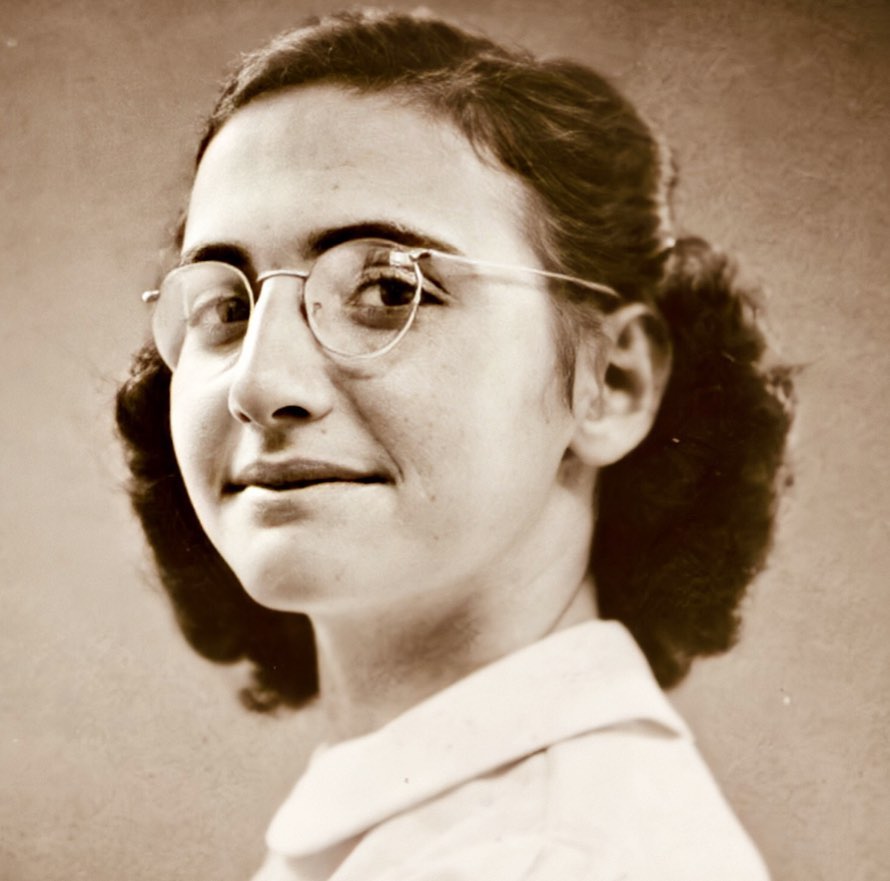A Moment in Time: Report Cards, Babies, and Blackouts
On December 13, 1940, in a letter to her grandmother, Anne Frank provided a snapshot of life in Amsterdam that perfectly captures her world as a lively, observant child on the brink of war.

The letter begins with sisterly pride: “Margot got very good report card, and I’m very proud of her.” She then adds a moment of self-comparison, predicting, “I don’t think I’m going to get all 9’s and 8’s later,” a charming piece of honesty typical of her diary entries.
Her attention then turns to the wonder of new life. She mentions Gabrielle Goslar (Hannah Goslar’s baby sister), calling her a “darling baby” and noting that she and Margot are “allowed to go and watch sometimes when she has her bath.” This detail shows a normal childhood fascination with the world around her, even as that world was changing.

The end of the letter, however, brings the war home. Anne describes Margot “blacking out the windows,” a necessary wartime precaution. Anne’s reaction is pure, youthful resistance:
“I’m terribly angry because it isn’t necessary yet, and it’s so nice outside.”
The most telling detail is her small act of defiance: “Now Margot has left the room and I’ve carefully taken everything back down.” This moment captures Anne’s intense desire to hold onto normalcy and light, a poignant contrast between the world the adults were forced to prepare for and the world a child wanted to save. It is a beautiful illustration of Anne’s refusal to accept the darkness.